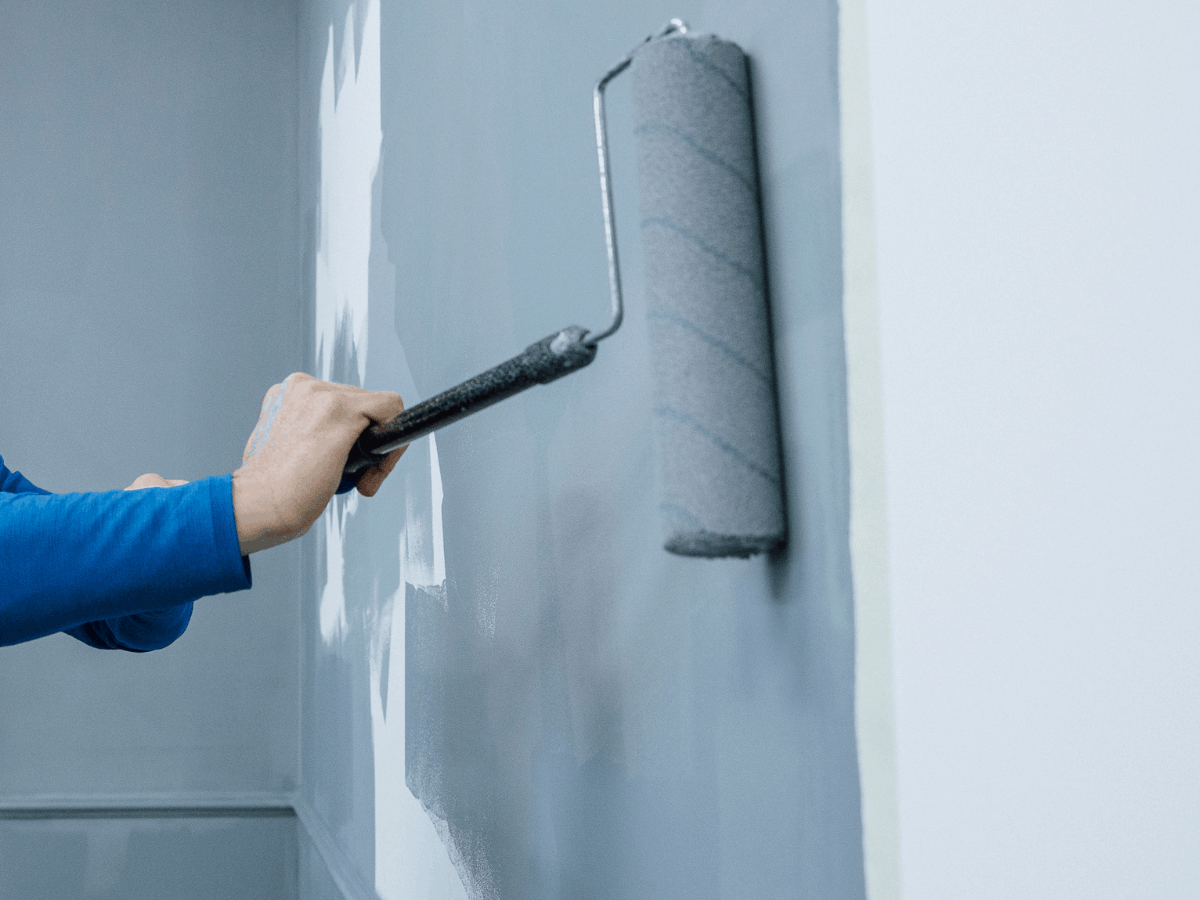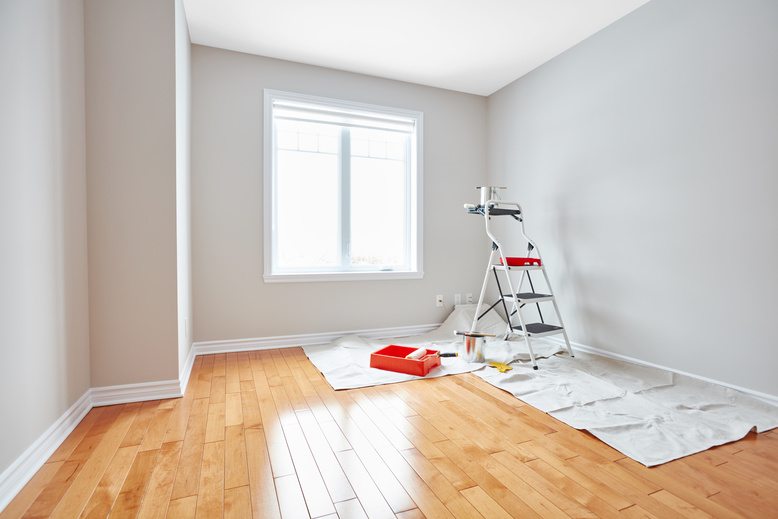Expert Lakewood Interior Painting for Residential and Commercial Properties
Enhance Your Interior Decoration With Comprehensive Shade Consultation
The combination of color examination right into interior design offers an unique possibility to refine and boost the psychological and visual vibration of an area. By involving with an experienced shade consultant, you can browse the intricacies of shade choice, making sure that your options not just enhance architectural attributes however likewise reverberate with individual style and emotional effect.
Advantages of Shade Assessment

Moreover, shade consultation aids in optimizing natural light and maximizing spatial perception. Lighter shades can make a room show up more expansive, while darker shades produce an intimate setup. Cleveland Metro Painting Specialists. This strategic application of shade can considerably influence the total ambiance of any kind of indoor area
In addition, expert specialists possess an extensive understanding of classic classics and existing fads, making certain that the picked colors will certainly continue to be attractive gradually. This foresight can conserve clients from costly redesigns in the future. Lastly, color examination equips clients by offering them with a clear vision and instructions, fostering confidence in their design choices and inevitably leading to a more effective and satisfying interior layout end result.
Comprehending Color Psychology
The importance of shade psychology in indoor layout can not be overstated, as it explores the emotional and psychological impacts that various hues can stimulate in individuals. Shades can affect state of mind, habits, and even performance, making them a vital factor to consider in any kind of style task.
As an example, warm shades such as red, orange, and yellow are usually connected with power and heat. They can stimulate sensations of excitement and comfort, making them suitable for social areas like living rooms or kitchens. Conversely, awesome colors like blue, green, and purple have a tendency to stimulate calmness and tranquility, making them perfect for rooms or reflection locations.
Furthermore, the use of neutral tones can create a well balanced setting by enabling the bolder shades to stick out without overwhelming the senses. Recognizing these emotional effects allows designers to produce areas that not only look aesthetically pleasing yet also advertise psychological health.
Incorporating color psychology into indoor design includes a thoughtful selection of hues customized to the desired function of each area, inevitably enhancing the overall experience for its passengers. This recognition is critical for achieving a unified and useful interior setting.
The Shade Wheel Explained
Recognizing the partnerships in between hues is essential for efficient indoor style, and the shade wheel functions as a valuable device in this procedure. The color wheel, developed by Isaac Newton in the 17th century, shows the range of shades prepared in a round layout. It makes up key shades-- red, blue, and check my site yellow-- that can not be produced by mixing various other colors. Additional shades, developed by combining primaries, include green, orange, and purple. Tertiary shades result from blending a get more key and an additional shade, causing shades such as red-orange and green.
The shade wheel aids designers realize the relationships between shades, consisting of corresponding, similar, and triadic schemes. Corresponding shades, located opposite each various other on the wheel, develop lively contrasts that can energize a space.
Making use of the shade wheel in interior decoration not only enhances aesthetic appeal however additionally evokes details feelings and ambiences, making it an essential referral for color assessment. Understanding these relationships inevitably encourages developers to create rooms that are both practical and aesthetically exciting.
Picking the Right Combination
A well-chosen shade plan can merge an area, boost its attributes, and evoke preferred emotions. Different spaces serve different features and call for combinations that mirror their intended use; for circumstances, serene colors such as soft blues or eco-friendlies function well in rooms, promoting leisure.
Light can dramatically modify just how shades show up, so it is crucial to assess the area at various times of the day. An unified scheme must match these functions, producing a cohesive look throughout the space.
When picking shades, use the 60-30-10 policy, which suggests that 60% of the room should be a leading color, 30% an additional color, and 10% an accent color. This ratio makes certain equilibrium and visual passion (Cleveland Metro Painting Specialists). Example colors on the wall surfaces prior to devoting, as this allows you to see exactly how the shades communicate with one an additional and the general ambiance they develop in your indoor layout task.
Working With a Shade Expert

When collaborating with a shade expert, the process usually starts with a preliminary consultation. During this meeting, you'll discuss your vision, choices, and the existing elements in your area. The specialist will certainly examine your demands and might suggest specific color schemes that align with your objectives.
After establishing an instructions, the consultant will certainly provide samples and visual aids to aid you imagine the suggested color design. This step is important, as colors can appear differently under differing illumination conditions.
Additionally, a shade specialist can assist you in picking complementary home furnishings, artwork, and devices to harmonize with your picked combination. By teaming up carefully, you can attain a refined visual that boosts your interiors and develops an inviting environment. Inevitably, the know-how of a shade expert can dramatically enhance the overall impact of your style task.
Conclusion
In summary, thorough color examination serves as a crucial device for enhancing indoor design. By leveraging specialist knowledge of shade psychology and spatial characteristics, a customized color palette can be created to stimulate certain emotions and create an unified setting.
By engaging with a seasoned color expert, you can navigate the intricacies of shade selection, ensuring that your options not just complement architectural features however also reverberate with personal style and mental influence. It comprises key shades-- red, blue, and yellow-- that can not be produced by blending other colors.The shade wheel helps designers grasp the partnerships between colors, consisting of corresponding, comparable, and triadic schemes.When selecting shades, use the 60-30-10 guideline, which recommends that 60% of the room need to be a leading shade, 30% a second color, and 10% an accent shade. By leveraging expert understanding of color psychology and spatial characteristics, a tailored shade scheme can be established to click for more info stimulate specific emotions and create a harmonious environment.